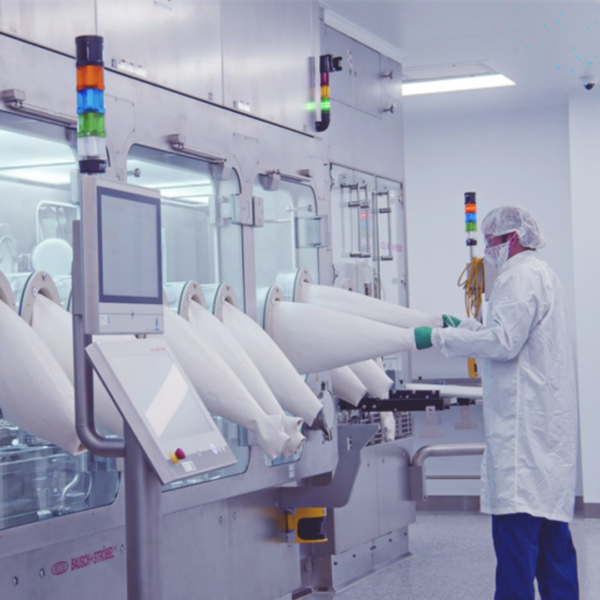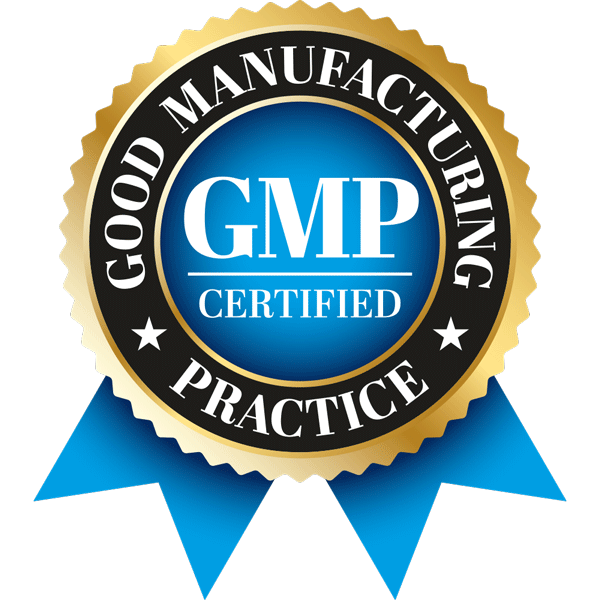
Understanding Glove Testing in Pharmaceutical Manufacturing
When manufacturing pharmaceuticals, an isolator is a key component to ensure drugs are not being exposed to potential contaminants. To work within these chambers, gloves are attached and used. Glove testing ensures these gloves are not a source of contamination
What is Glove Testing?
Glove testing involves the thorough examination of isolator gloves to detect leaks, holes, and assess overall glove integrity.
Why Glove Testing:
Glove testing serves to ensure both safe production and effective process control, ensuring that gloves adhere to industry standards. Recognizing that faulty gloves can lead to contamination, compromising isolator integrity is a critical motivator for rigorous testing.
Methods of Glove Testing
Various methods are employed for testing gloves, each designed to address specific aspects of glove integrity.
-
Glove Testing Units (WGT) – Wireless Glove Test
This method utilizes glove lids to pressurize gloves, stabilize pressure, and measure pressure decay. The lids electronically connect with a control system, transmitting pass/fail results to a computer.
-
Glove Leak Test Apparatus (GLTA)
Gloves are pressurized and inserted into a vessel filled with water. The presence of bubbles within the water indicates the presence of leaks.
-
Ammonia Leak Test Method (ALTM)
In this method, a closed and sealed isolator is filled with ammonia. Ammonia is forced out of any holes, and an ammonia-sensitive cloth is used to identify the location of the leak.
-
Visual Inspection
Gloves are visually inspected for detectable holes and defects. While this method is effective for larger issues, it is often used in conjunction with other testing methods as it may not detect smaller holes or defects.
Challenges in Glove Testing
Pharmaceutical manufacturers often face challenges in adjusting glove testing parameters to meet industry standards and develop their own standard operating procedures. This iterative process can vary between machines and may lead to increased costs due to the frequent changeover of gloves, especially when extended testing durations cause wear and damage.
Adhering to Industry Standards
Routine glove testing is mandated by several regulatory agencies, requiring detection capabilities for holes as small as 100 microns to ensure the safety of isolators.
Conclusion
Glove testing plays a critical role in pharmaceutical manufacturing, ensuring isolator gloves maintain the highest integrity and prevent contamination. By understanding and implementing various glove testing methods, pharmaceutical manufacturers can adhere to regulatory standards and secure their processes.
Contact us to learn more about how effective glove testing can improve your manufacturing process and maintain compliance with industry regulations. cGMP Consulting is here to help.



